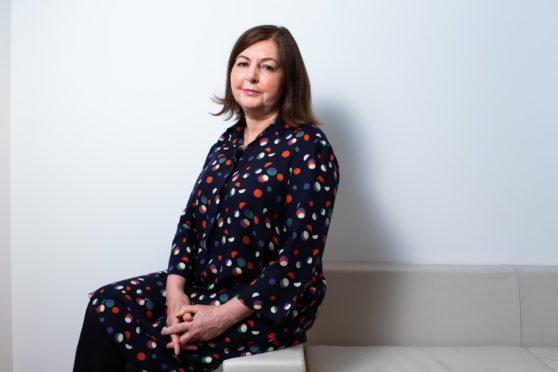
I wish I’d never watched porn. Once its images are in your mind, it’s hard to be free of them.
I have forgotten much else I learned when I was young. I could speak Latin once. Now I have difficulty reading the inscription on a church wall. I used to know a lot about Wittgenstein and Spinoza but the philosophy I studied is a bit vague now.
However, some of the pornographic images I saw in my late teens have stayed in my head. At university, it was regarded as modern and forward-thinking to look at pornography. Somehow, watching porn got confused with women’s liberation.
I did not in fact like it; it was disturbing and unpleasant. I soon realised that liberation and objectivation are opposites.
I now believe that just watching a small amount of pornography which denigrates women – and most does – damages the soul.
The widespread use of pornography by children and young people is one of the most worrying public health issues facing us. And I call it a public health issue because it is undermining their mental health and wellbeing. A new report from the Children’s Commissioner for England has found that a quarter of young people aged 16-21 say they have seen pornography by the age of 11.
Four-fifths had seen have seen pornography involving sexual violence by the age of 18. And almost half of young people say girls expect or enjoy sex to involve physical aggression.
As the leader of a college for young women, I focus on how damaging it is for girls to be watching violent pornography. It’s not just that young people, with a natural interest in finding out more about sex are coming across violent images in the course of their viewing, a third of them actively sought out depictions of sexual violence such as physical aggression, coercion and degradation. Think how damaging it is for girls to have those ideas lodged in their thinking. Think how potentially dangerous it makes boys.
The Children’s Commissioner for England rightly calls for children to be protected by greater legal restrictions on access to online pornography. But we can’t rely on the law to protect children. Soma Sara is the remarkable young woman who set up the campaigning website Everyone’s Invited which has exposed how sexual harassment and assault are widespread in UK universities and schools.
She says parents and policy-makers need to wake up to the fact that “rape culture” is now widespread and pornography ubiquitous. She wants what she calls “porn literacy” to be taught in sex education in schools. I agree.
We need a revolution in the teaching of sex education in schools. We need to face the fact that most children will have watched pornography, often violent pornography, and talk about it so that we can challenge the ideas porn has planted in their heads. If boys think girls enjoy being physically hurt, we need to put them right.
If girls think degradation and pain are expected of them, we need to empower them to stand up for themselves. We need to be aware that many children are seeing images of violent sex several years before they ever have sex.
Will our schools ever be daring enough to face the new facts of life? I somehow doubt it. This means that the grim duty to talk to children about porn will fall on parents. It’s hard to think of anything worse. But it’s also hard to think of anything more vital. Not a great way to spend Sunday but one for which your children may one day be grateful.
Dorothy Byrne, former head of news at Channel 4, is president of Murray Edwards College, Cambridge

Enjoy the convenience of having The Sunday Post delivered as a digital ePaper straight to your smartphone, tablet or computer.
Subscribe for only £5.49 a month and enjoy all the benefits of the printed paper as a digital replica.
Subscribe